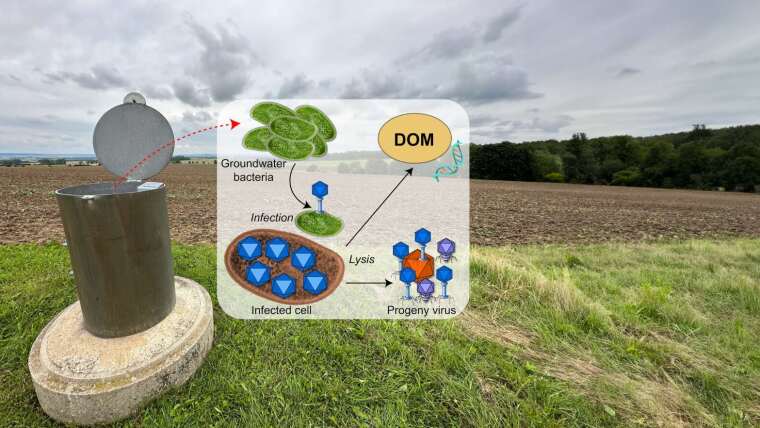
Viruses, the planet's most abundant entities, exhibit staggering numbers, such as approximately 1010 virus-like particles (VLP) per liter in the Ocean, surpassing their host cells by an order of magnitude. In the Ocean, viruses significantly impact nutrient cycling, lysing about 20% of bacteria daily, reprogramming host cells during infection, and facilitating horizontal gene transfer. These mechanisms play a crucial role in major carbon fluxes within the oceans, contributing to carbon transport to the deep sea and buffering against climate change, underscoring their profound significance in marine ecosystems.
However, we know very little about the role of viruses in other ecosystems, such as groundwater. Utilizing a cutting-edge viromics pipeline, we investigate the diversity, ecological significance, and functional interactions facilitated by virus communities in pristine groundwaters of the Hainich CZE and the SESO.
Our hypothesis is that the abundance and diversity of viruses in pristine groundwaters have a significant influence on the natural state of microbial communities, ecosystem functions, and biodiversity along the groundwater monitoring transect. We propose that these viruses play a crucial role in nutrient cycling within the groundwater, similar to their marine counterparts impacting major carbon fluxes in oceans. By lysing bacterial populations, reprogramming host cells, and facilitating horizontal gene transfer, viruses in these groundwater systems may contribute to essential ecosystem processes and functions.
In a collaborative effort between the excellence cluster “Balance of the Microverse” at FSU Jena, Matthew Sullivan's lab, and the Center of Microbiome Science at The Ohio State University, our goal is to unravel the intricate relationships between viruses, their hosts, and the overall balance of groundwater microbiomes.